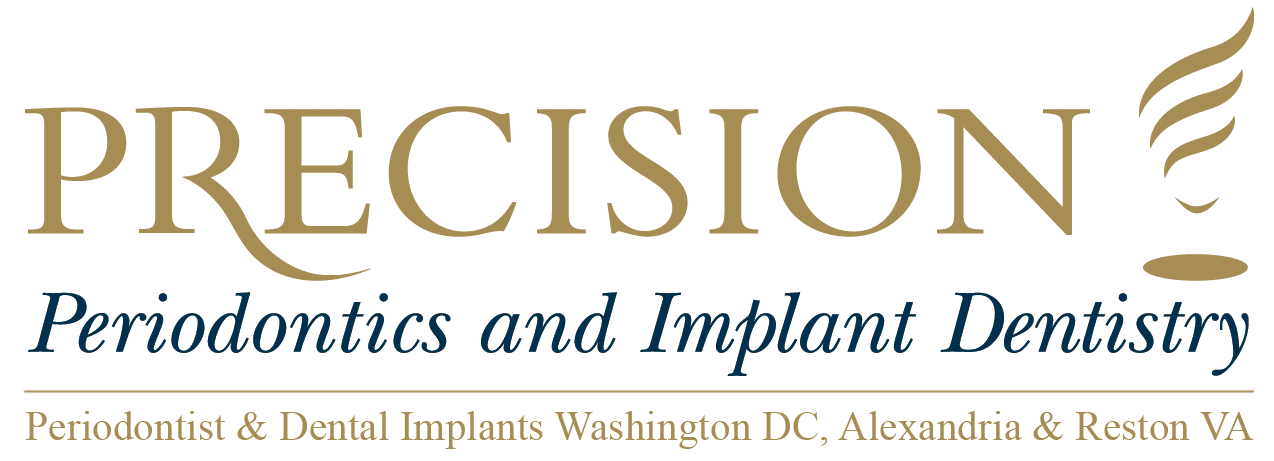Periodontology - Gingival Pocket
The tissue of the gums, or gingiva, surrounds the bones in the oral cavity and the teeth. When gum disease is present, it is characterized by a periodontal pocket. Sometimes, gingival pockets are present; these are not indicative of gum disease and are usually reversible by removing or addressing their cause. To understand what gingival pockets and periodontal pockets are, it’s helpful to have a basic understanding of the dynamic anatomy of the periodontium and its associated vocabulary. Two terms that explain location in the mouth are coronal and apical. Coronal refers to the direction of the crown of the tooth, and apical refers to the direction of the base of the root of the tooth. These terms are helpful when referring to teeth in either the upper or lower jaws, since “top” and “bottom” would change depending on the jaw in which the tooth is located. The crescent-shaped crevice of tissue that immediately surrounds the base of each tooth is called the gingival sulcus. The gingival sulcus contains different, and constantly changing, types of cells, food debris, chemicals, and fluid, each of which affects and is affected by the oral cavity, creating a synergistic relationship. The depth of the gingival sulcus is in a constant state of flux, affected by cycles of bacterial invasion in the oral cavity and the host’s immune response. The depth of the gingival sulcus is also affected by swelling of the gingiva, which can cause the coronal margin of the sulcus to rise, making the sulcus seem deeper. Both gingival and periodontal pockets are characterized by an abnormal depth of the gingival sulcus.
The epithelial attachment is located at the base of the gingival sulcus and consists of ~1mm of junctional epithelium and ~1 mm of fiber attachment, which combine to create approximately 2 mm of biologic width. When the tissues at the coronal margin of the sulcus become swollen, which can happen for a number of reasons, a gingival pocket forms. This means that the depth of the sulcus has increased, but the apical base of the sulcus is stationary. At this stage, the gingival pocket formation can be halted and the damage can be reversed by eliminating the cause of the swelling, which is usually irritation, systemic issues such as significant hormone fluctuations, or certain drugs that cause gingival hyperplasia. When probed, these pockets may present depth measurements similar to those of periodontal pockets; however, when gingival pockets are present, the epithelial attachment is still stable, and the appearance of depth is due to swelling of the gingival margin and not due to detachment of the epithelium. This means that the sulcus appears deeper because its coronal margin has risen, due to swelling, and not because its apical margin has lowered, due to detachment.
Because gingival pockets do not manifest migration of the epithelial attachment, they may be referred to as false pockets or pseudopockets. When the connective gingival fibers and alveolar bone are not damaged and a pocket is present, this is a gingival pocket and is reversible, usually without surgical therapy, though at times a gingivectomy may be necessary to return the sulcus to a healthy pocket depth, which is between 1-3 mm. Gingival pockets are characterized by the presence of undamaged supporting periodontal tissues, the presence of attached connective tissue, and a lack of apical migration of the junctional epithelium. Additionally, the base of a gingival pocket is coronal to the crest of the alveolar bone, as no bone has sustained damage or been lost.
